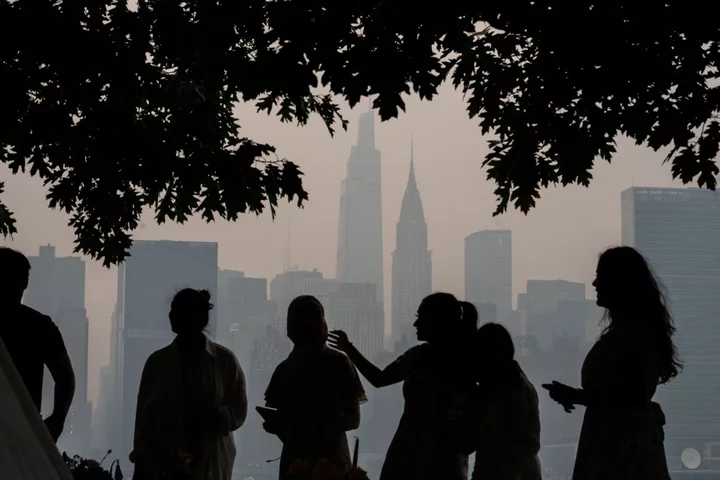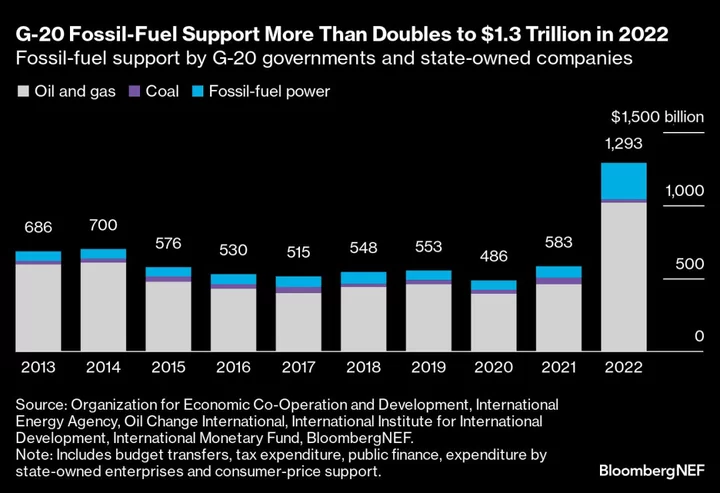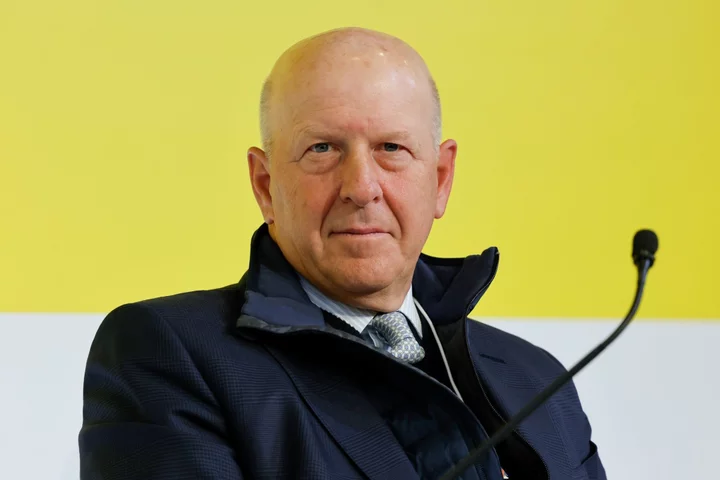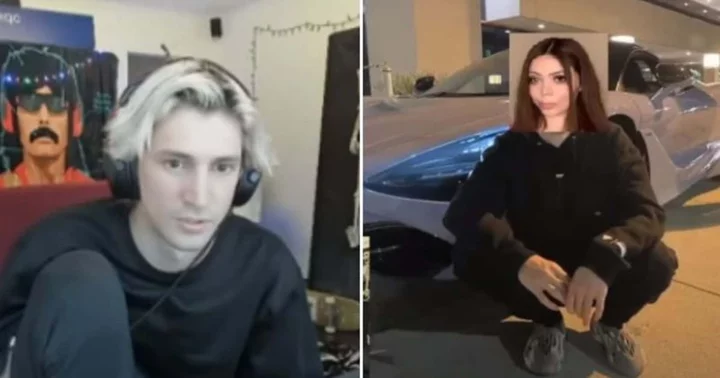
G2 Recognizes Quorum as The Leader in Public Affairs Software
WASHINGTON--(BUSINESS WIRE)--Sep 20, 2023--
2023-09-20 21:59

Wildfire Smoke Linked to Asthma Attack Spikes in the US
Smoke from Canadian wildfires that blanketed US cities this spring and summer were linked to spikes in emergency
2023-08-25 01:46

CSquared brings high-speed connectivity to West Africa with Adtran open optical solution
MONROVIA, Liberia--(BUSINESS WIRE)--Jun 1, 2023--
2023-06-01 20:26

EU Hits China With Probe Into EV Subsidy as Industry Fears Grow
The European Union is launching an investigation into Chinese subsidies for electric vehicles as the bloc frets over
2023-09-13 16:46

Eskom Allowed to Sidestep Pollution Reduction Rules at Key Plant
Eskom Holdings SOC Ltd., the world’s biggest sulfur dioxide emitter, has been given permission to bypass pollution abatement
2023-06-24 19:28

Turn your iPad Pro into a mobile workstation with $60 off an Apple Magic Keyboard
SAVE $59.87: As of August 16, you can get an Apple Magic Keyboard for iPad
2023-08-17 00:54

Coming (again!) to a theater near you: Britney Spears' 'Crossroads,' 'Hunger Games,' and some scares
An eclectic list of previous theatrically released movies are making a return to the big screen in October, which appears to be somewhat of a creative solution for a wounded entertainment industry that continues to reel from the dual Hollywood strikes.
2023-09-24 00:50

Autel Energy to Showcase Innovative EV Charging Solutions at Power2Drive Europe 2023
MUNICH--(BUSINESS WIRE)--Jun 12, 2023--
2023-06-12 14:20

NerdWallet Review
NerdWallet's mission is to provide consumers and small businesses with the tools, information, and insight
2023-08-01 04:54

Who is Tarik? Pro gamer calls out xQc for attempting trash talk in 'CS2' streamer's chat, Kick star says 'get a job'
xQc said Tarik 'promotes Valorant when he gets into the watch parties' but noted he 'plays CS because he knows it's a better game'
2023-09-19 17:57

Rain to Bring Relief Sunday; NYC Improves: Smoky Air Latest
Relief is in sight. Heavy rainfall in parts of the eastern US on Sunday should help dissipate much
2023-06-09 18:17

Analysis-Investing in AI: how to avoid the hype
By Naomi Rovnick LONDONExperienced tech investors are hunting for undervalued opportunities in an over-valued space. At stake is
2023-05-26 13:27
You Might Like...

ESG Targets of Europe’s 20 Biggest Banks Slammed in New Report

Transcend named as a Major Player in the IDC MarketScape Data Privacy Compliance Software 2023 Assessment

'Bizarre' footage captures moment an octopus wakes up from a 'nightmare'

World’s No. 1 Stock Owner Calls Out Big Oil as Carbon Levels Go Up

Massive Bio and CureMatch Announce Groundbreaking Partnership to Revolutionize Cancer Treatment through AI and Clinical Trial Accessibility

xQc trolled during livestream after Adept's picture appears on screen: 'Bro what the f**k'

Nintendo Download: Link, You Are Our Final Hope

Bitcoin falls 7.2% to $26,634
